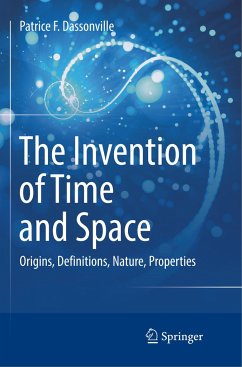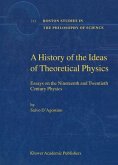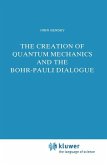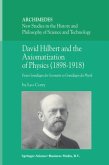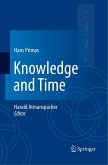This investigation of time and space is motivated by gaps in our current understanding: by the lack of definitions, by our failure to appreciate the nature of these entities, by our inability to pin down their properties.
The author's approach is based on two key ideas: The first idea is to seek the geo-historical origins of time and space concepts. A thorough investigation of a diversified archaeological corpus, allows him to draft coherent definitions; it furthermore gives clues as to whether time and space were discovered or invented. The second idea is to define the units before trying to define space and time.
The results presented here are unexpected: Time and space were not discovered in nature, but they were invented; time is not a phenomenon and space has no materiality; they are only concepts. This runs contrary to the opinion of most scientific and the philosophical authorities, although one would seek in vain for a theoretical validation of the conventional position. This book will provide much food for thought for philosophers and scientists, as well as interested general readers.
The author's approach is based on two key ideas: The first idea is to seek the geo-historical origins of time and space concepts. A thorough investigation of a diversified archaeological corpus, allows him to draft coherent definitions; it furthermore gives clues as to whether time and space were discovered or invented. The second idea is to define the units before trying to define space and time.
The results presented here are unexpected: Time and space were not discovered in nature, but they were invented; time is not a phenomenon and space has no materiality; they are only concepts. This runs contrary to the opinion of most scientific and the philosophical authorities, although one would seek in vain for a theoretical validation of the conventional position. This book will provide much food for thought for philosophers and scientists, as well as interested general readers.
"Patrice Dassonville's book is useful in many ways. Time and space are ill-defined concepts that appear in everyday communication, science, textbooks, classroom discourse, and so on. Moreover, this book is a beautiful piece of intellectual work, which can be used by teachers to improve students' critical thinking significantly." (Ricardo Lopes Coelho, Science and Education, Vol. 26, 2017)

